What is Bipolar Disorder?
Bipolar disorder might be more stigmatized than any other mental health disorder. The term is also used incorrectly by many and by the media, leading people to think that someone who simply changes mood quickly is “bipolar.” These misconceptions can make life for those with the disorder difficult and even prevent some from getting the help they need.
Cyclothymic Disorder
Cyclothymic disorder also involves manic and depressive stages, but to a lesser degree than those experienced in bipolar disorder. These down and up swings may not occur as frequently throughout the year, either. When treating cyclothymic disorder, mental health professionals use many of the interventions they use with bipolar disorder.
Bipolar I and Bipolar II
Bipolar disorder comes in two forms: Bipolar I and Bipolar II.
In Bipolar I, patients experience mania that is at least one week in duration and depression that is at least two weeks in duration. In some cases, mental health professionals may give someone a diagnosis of Bipolar I when these episodes are shorter but intense enough to put that person in the hospital.
In Bipolar II, each stage is shorter, and the symptoms can be less intense. While it may be less severe, Bipolar II patients still need the same support, compassion, and quality of care as those with Bipolar I.
The Symptoms of Bipolar Disorder
Bipolar disorder causes manic moods in which patients become so manic that they stop taking care of the basic things in life, ignoring work, family, and even money. Manic stages can involve impulsive behavior that puts the individual and those around him at risk.
These patients also experience stages of deep depression, the polar opposite of their manic behaviors. Depressive stages can involve suicidal ideation and put patients at risk, as well.
These swings do not happen for a few moments or even a few days, but for weeks at end in some cases.
Manic Symptoms
- Excessive energy levels
- Feelings of extreme elation
- Insomnia
- Irritability with others
- Racing thoughts
- Excessive risk taking
Depressive Symptoms
- Feelings of hopelessness
- Low energy levels
- Insomnia or sleeping too much
- Disordered eating
- Fatigue
- Feelings of emptiness and detachment
- Avoidance of favorite activities
- Suicidal thoughts
Is There a Bipolar Test?
You cannot test for bipolar disorder with a blood test or a brain scan. The only way for a mental health professional to diagnose this disorder is to assess the patient in a clinical setting.
Typically, the therapist interviews the patient, trying to establish a history of symptoms. The patient may also answer surveys and scales, or a questionnaire which the therapist then uses to guide their dialogue.
Comorbid Conditions
In many cases, a mental health professional may want to run a differential diagnosis. This is done to identify whether other comorbid disorders are involved, such as psychosis or addiction, and also to rule out other disorders that can cause symptoms similar to those in bipolar disorder.
This process is just like the core diagnostic procedure. Patients answer questions, fill out questionnaires, and create an overall picture of their mental health for the therapist.
Bipolar Disorder Treatment Options
As with most disorders, treating bipolar disorder can include talk therapy, medication or a combination of the two. If symptoms are very severe, patients may need inpatient treatment.
Talk Therapy
Talk therapies such as Cognitive Behavioral Therapy (CBT) help those with bipolar disorder recognize and deal with triggers. Talk therapy alone does not typically suffice for patients with this problem, however.
Therapists may also want to involve the patient’s family in family therapy. This helps everyone build the skills they need to help the patient effectively. Another option to consider is Interpersonal and Social Rhythm Therapy (IPSRT) which teaches patients how biology, relationships, and moods all intersect.
Telepsychiatry for Bipolar Disorder
Many patients with bipolar disorder may be candidates for telehealth. As a HIPAA-complaint process, telehealth allows for the safe, secure, and private treatment of any disorder.
One Behavioral telehealth options include telepsychiatry, ensuring that patients with bipolar disorder can stay on top of their medication management and continue to receive prescriptions.
Medication Options
Oftentimes, medication management is needed to find the right balance of medications for a patient. Common medications used to treat bipolar disorder include:
- Antidepressants
- Mood stabilizers
- Antipsychotics
- Sleep aids
Sleep aids can help the patient get the rest they need to continue on the road to wellness.
How Many People Have Bipolar Disorder?
It is estimated that 2.6 percent of American adults have this disorder, which translates into around 5.7 million people. In other words, two or three people out of 100 have this disorder.
Research is much less clear when it comes to younger people. While some believe that as many as 750,000 children have bipolar disorder, there is no consensus on the diagnostic criteria used to diagnose children.
Risk Factors for Bipolar Disorder
Some people do have greater risk factors when it comes to developing this disorder. Those with a specific gene variant may be prone to it, for example, and it tends to run in a family. Despite this genetic risk factor, almost anyone can develop bipolar disorder.
